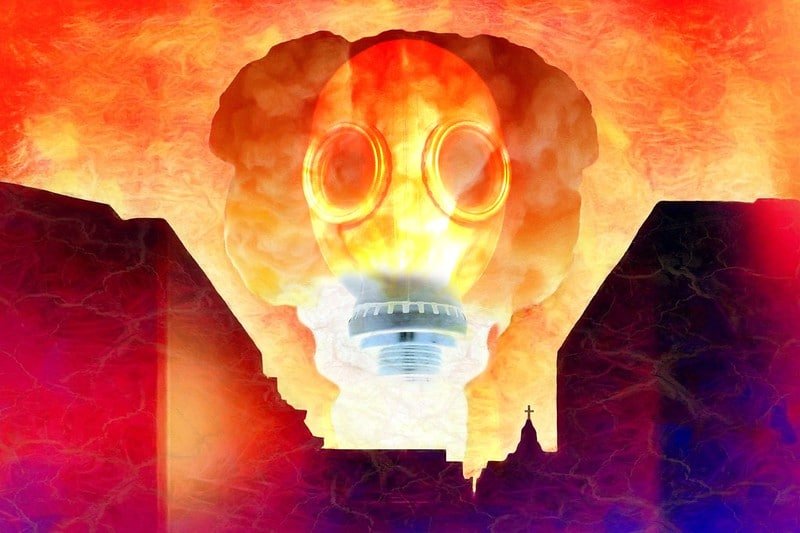
With recent tensions between Russia and the United States, you might be hearing a fair bit about nuclear weapons.
Nuclear weapons are considered the most destructive weapons in the world, with just one explosion having the ability to level an entire city. Nukes, as nuclear weapons are known, are far more damaging than even the biggest normal, non-nuclear bombs because their explosions rein so much terror on the local population — and for many decades thereafter.
There has also been a lot of talk about how some countries, specifically nuclear powers like the US, are allowed to have them while others cannot.
The Russia-Ukraine crisis has brought more urgency to this issue.
What are nuclear weapons?
They are extremely powerful explosives.
To trigger a nuclear blast, atoms and isotopes are involved.
The bombs get their energy from either splitting atoms or joining the tiny particles inside the atoms together, which is also why a nuclear bomb is sometimes called an atomic bomb.

Nuclear weapons release massive amounts of radiation.
The destructive weapons can cause radiation sickness, so their impact, among the populous, lasts for decades after the blast.
They have only ever been used twice in history.
During World War II, they were used against Japan, causing catastrophic devastation and an enormous loss of life.
The bomb dropped on Hiroshima, Japan killed an estimated 80,000 people, with radiation from the blast lasting for months. And the bomb that was dropped on Nagasaki, Japan caused similar destruction, with more than 70,000 people killed.
The weapons have not been detonated in war since then.
Nine countries — China, France, India, Israel, North Korea, Pakistan, Russia, the United Kingdom, and the US — currently have nuclear weapons.
Who can develop nuclear weapons?
In theory, pretty much anyone with the technology, intelligence, and facilities could develop nuclear weapons, but the question of whether countries are allowed to or not is a whole other issue.
In an effort to prevent the spread of nuclear weapons and promote disarmament, an agreement called the Treaty on the Non-Proliferation of Nuclear Weapons (NPT) was drafted, coming into effect on January 1, 1967.
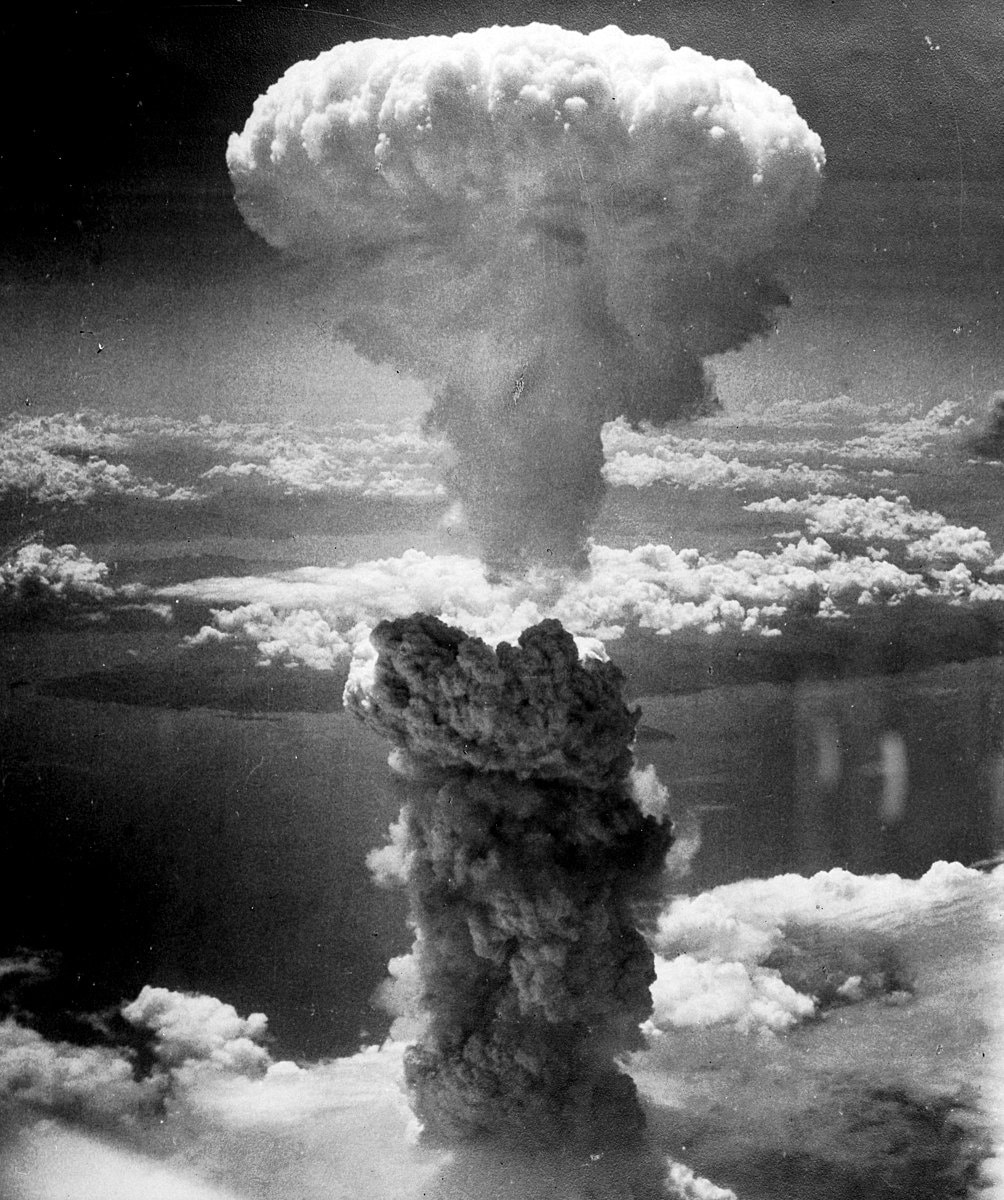
Who are the main nuclear powers?
Even though 191 countries have joined the NPT, five nuclear-weapon states — China, France, Russia, the UK, and the US — are allowed to have the weapons because they built and tested a nuclear explosive device before the treaty came into effect.
Under the agreement, the nuclear-weapon states have to reduce how many they have and cannot keep them forever, but a number of countries have ignored the rules or simply skirted around them.
Three countries — Israel, India, and Pakistan — never joined the NPT, and North Korea left the treaty in 2003.
Where does Ukraine fit in?
After the Cold War, Ukraine was the third-largest nuclear power in the world. The Soviet Union’s collapse culminated in 1991 and resulted in Ukraine inheriting roughly 5,000 nuclear weapons that the Russians had stationed on its soil.
Underground silos on Ukrainian military bases held long-range missiles that carried up to 10 thermonuclear warheads, each far stronger than the bomb that leveled Hiroshima, Japan — only Russia and the US had more nuclear weapons.
The removal of Ukraine’s arsenal is often hailed as a triumph of arms control, with diplomats and peace activists casting the country as a model citizen in a world of would-be nuclear powers.
History shows the Ukrainian denuclearization to have been a chaotic upheaval shook with infighting, reversals, and discord among the country’s government and military. Even then, American experts questioned the wisdom of atomic disarmament because the deadly weapons, some argued, were the only reliable means of deterring Russian aggression.
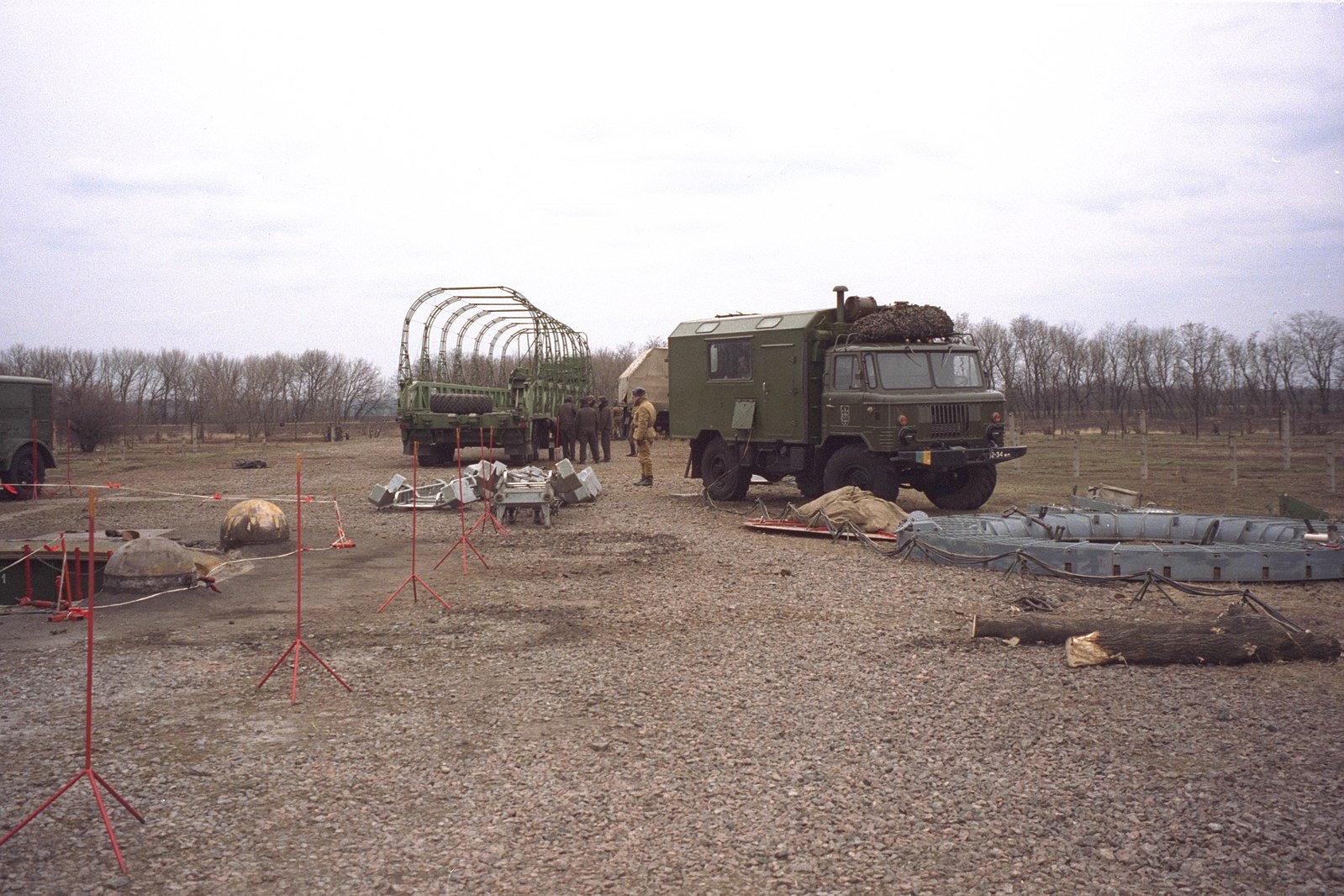
Today’s Ukraine has no easy path if it wanted to produce or acquire the materials to build a nuclear bomb. “We gave away the capability for nothing,” said Andriy Zahorodniuk, a former defense minister of Ukraine, in an interview with The New York Times. “Now, every time somebody offers us to sign a strip of paper, the response is, ‘Thank you very much. We already had one of those some time ago,’” said Zahorodniuk, referring to the security assurances Ukraine won in exchange for its nuclear arms.
Volodymyr Tolubko, a former nuclear-base commander elected to the Ukrainian Parliament, argued that the country should never give up its atomic edge. In April 1992, he told the assembly that it was “romantic and premature” for Ukraine to declare itself a nonnuclear state and insisted that it should retain at least some of its long-range warheads because a residual missile force would be enough to “deter any aggressor.”
His stance never gained wide support, “it compounded existing tensions,” according to a detailed history of Ukraine’s nuclear disarmament published by the US Department of Defense in 2014.
In 1993, John Mearsheimer, an international relations theorist at the University of Chicago, argued in Foreign Affairs that a nuclear arsenal was “imperative” if Ukraine was “to maintain peace.” The deterrent would ensure that the Russians, “who have a history of bad relations with Ukraine, do not move to reconquer it.”

In May 1996, Ukraine saw the last of its nuclear arms transported back to Russia, with the repatriations taking a half decade.
An accord, known as the Budapest Memorandum, was signed by Russia, the US, the UK, and Ukraine in late 1994, and it promised that none of the nations would use force or threats against Ukraine and would respect its sovereignty and existing borders. If aggression took place, the signatories would seek immediate action from the United Nations Security Council to aid Ukraine, the agreement vowed.
In 2014, Russian troops invaded a part of Ukraine, specifically Crimea, and stepped up a proxy war in eastern Ukraine. And Russian President Vladimir Putin dismissed the Budapest Memorandum as null and void.
Last year, Ukraine’s ambassador to Germany, Andriy Melnyk, said Kyiv might look to nuclear arms if it cannot become a member of NATO. “How else can we guarantee our defense?” Melnyk asked.
Nuclear weapons on heightened alert
In February, Putin gave orders to his nation’s nuclear forces to be on heightened alert. Even though the US said it would not respond with changes to its own nuclear posture, it was still an escalation that concerned a lot of experts.
“He basically said, ‘Because of all these hostile or aggressive statements and aggressive policies, we should start this special mode of combat duty of our deterrent forces,’” said Pavel Podvig, a senior researcher at the United Nations Institute for Disarmament Research in Geneva, in an interview with NPR.
It is unclear what a “special mode of combat duty” actually is but one possibility is that the order activated the nation’s nuclear system. “Normally, in peacetime, the command and control system is configured in a way that makes the transmission of an actual command very much impossible,” Podvig said. “It’s like you could press the button, but then nothing happens, because the button is not connected to anything.”
For now, Russia’s largest nuclear weapons — aboard its submarines, bombers and intercontinental ballistic missiles — appear to be at their usual level of alert.
Using nuclear weapons a last resort, Russia says
“A lot of people have questioned whether the bar for Russian nuclear use is as high as its official statements say,” said Olga Oliker, who works at the International Crisis Group, in an interview with NPR.
In 2018, the Pentagon’s nuclear posture review warned that Russia might use a battlefield nuke to “‘de-escalate’ a conflict on terms favorable to Russia,” meaning it might detonate a smaller weapon to get its opponents to back off.
That statement was somewhat controversial among arms control experts at the time, but Oliker believes such action would only possibly happen in a direct war with NATO forces.
In the current conflict with Ukraine, “I think it’s very unlikely that Moscow is just going to lob a nuclear weapon at something,” Oliker said. “Obviously it’s been a week when a lot of people’s assumptions have been challenged, but I’ll cling to this one for a while.”
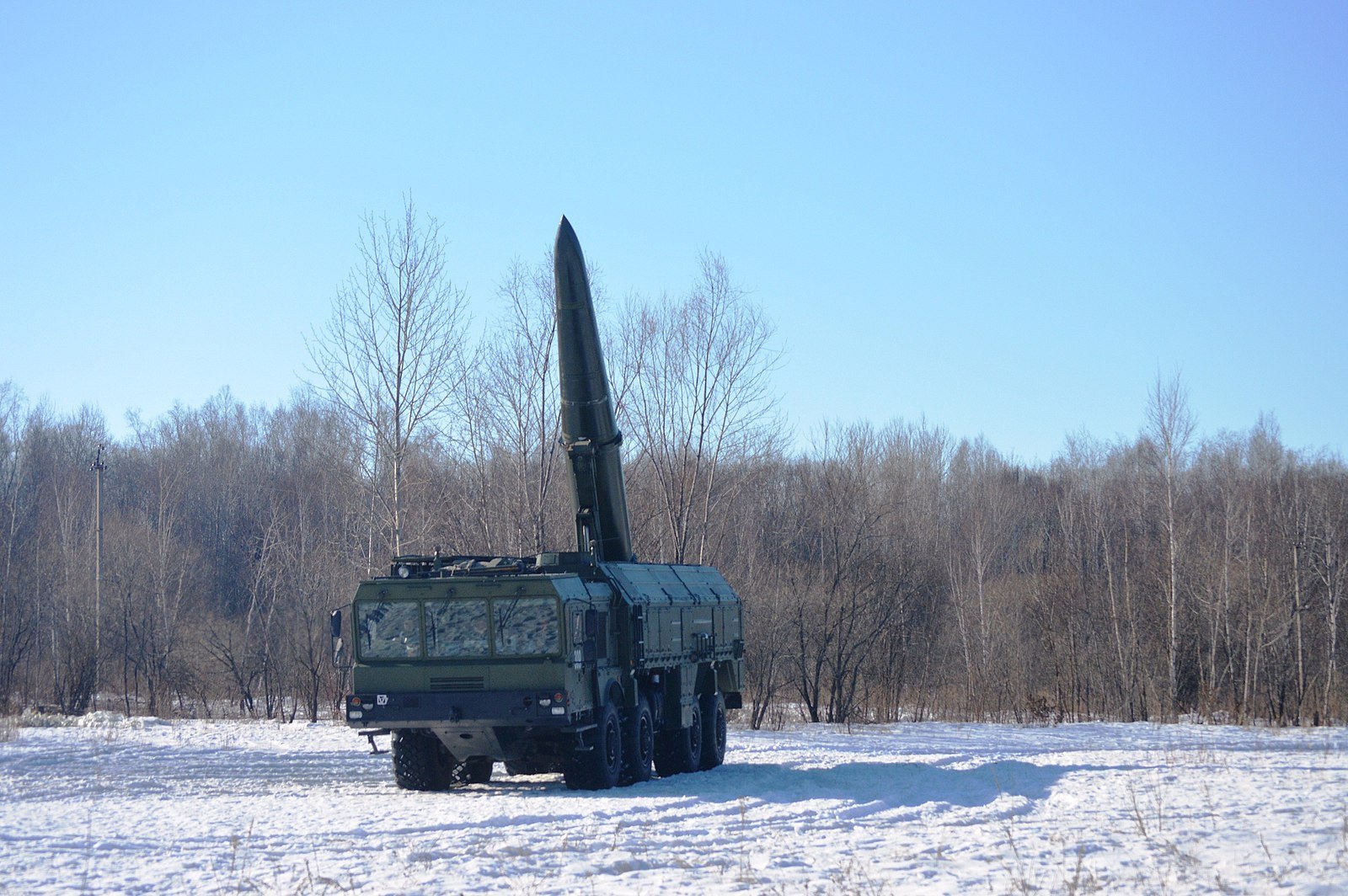
Will we ever see a nuke-free world?
The number of nuclear weapons in the world is actually down.
Thanks to the NPT, there are 14,000 nuclear weapons today versus 70,000 in 1986. Some countries — Russia, the UK, and the US — have been reducing their stockpiles, but others — China, India, North Korea, and Pakistan — have done the opposite and are believed to be producing more, according to the Federation of American Scientists.
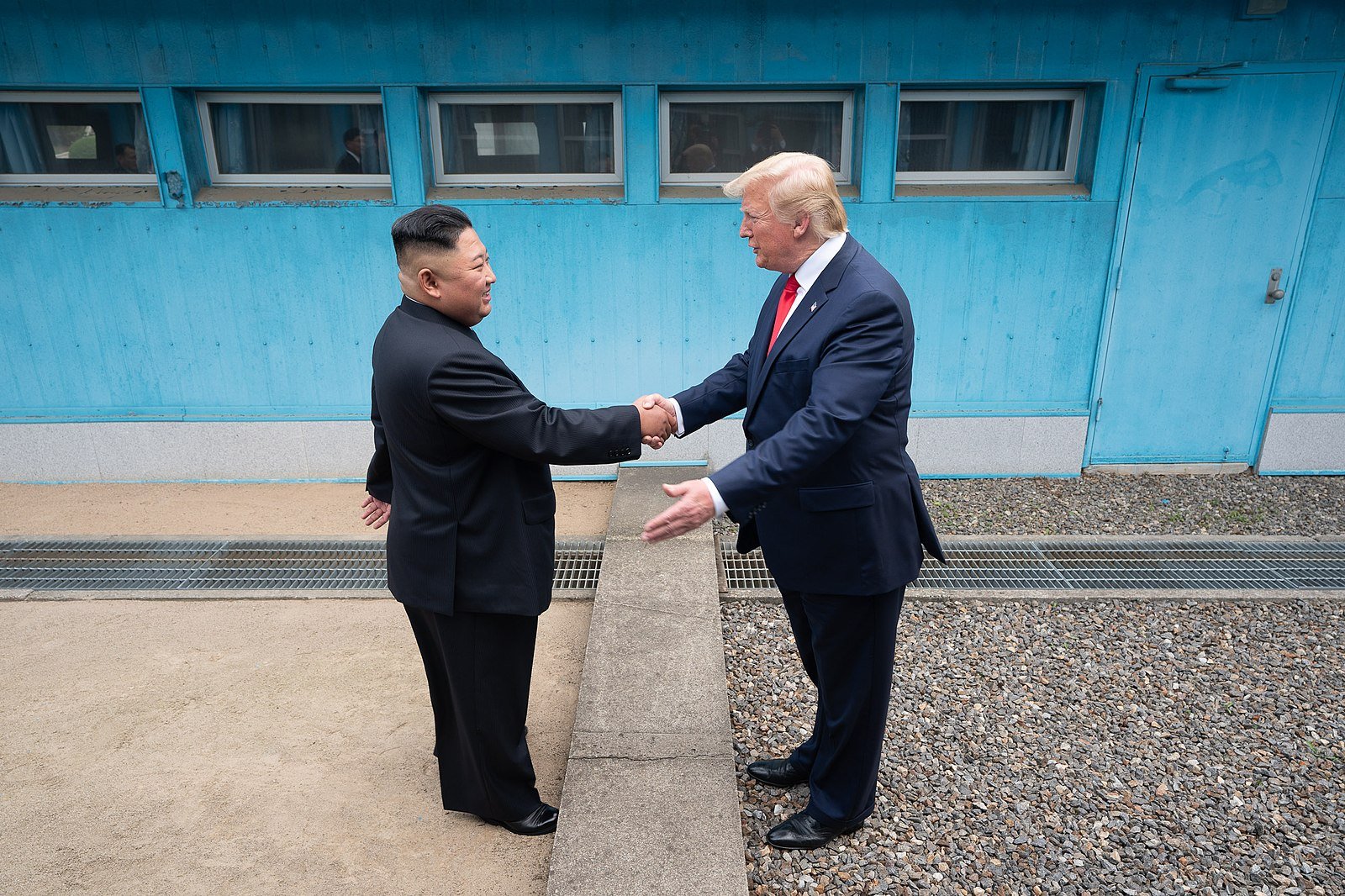
In July 2017, it looked as though the world was a step closer to becoming nuclear weapon free when more than 100 countries endorsed a UN treaty to ban them altogether, but countries with nuclear weapons, such as Russia and the US, boycotted the treaty.
The France and the UK have said the agreement didn’t take into account the realities of international security, arguing that nuclear deterrence has been important to keeping the world relatively peaceful for more than 70 years, especially in Europe, via NATO.
While countries, such as the UK and US, are reducing their nuclear stockpile, experts say they are still modernising and upgrading their existing armoury. For instance, the UK is upgrading its nuclear weapons systems, and the US may spend more than $1 trillion by the 2040s upgrading its nuclear capabilities. And North Korea continues to test and develop its nuclear program.
While the world may have fewer nukes today than it did 30 years ago, it does not look like we will see a truly nuke-free world anytime soon.

